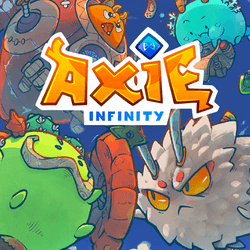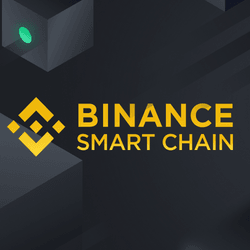Trading activity increased during crypto price dump
During this month’s crypto crash users have been buying, trading, and selling an average of 85,787 NFTs with a total value of $5,8 million per day, an increase of 277% compared with January. That’s an amount of trading volume that happened while token prices dropped 30 to 50%.
In January an average of 21,815 NFT sales per day took place across Ethereum, Flow, and Wax, while that average number increased to 82,373 in May so far. That number is even a bit higher during the crypto crash, as an average of 93,809 NFTs switched wallets every single day. This shows that the NFT market is resilient to crypto price dips.
From May 12th until May 23rd the prices of basically every crypto token on the market were in a strong downward trend. Prices were sliced in half during that time frame. However, during such times decentralized applications on the blockchain have strong utility.NFT marketplaces and exchanges like Uniswap kept business going as usual, even when centralized institutions like Coinbase couldn’t handle the traffic and consumer panic.
Marketplace activity never stopped
Obviously not every NFT sold is a $10,000 artwork. NFTs come in all shapes and sizes, ranging from funny $2 collectibles to game items, virtual land, and high-value artworks. On the Ethereum blockchain sending low-value NFTs hardly makes sense, as the gas fees outweigh the NFT’s value. That’s why alternative blockchains are attracting new products and audiences.
The rise of the Atomic Market as a leading NFT marketplace is a clear example of that. Even while the value of the native WAXP token dropped, trading on the NFT marketplace kept going. Marketplaces on the Ethereum blockchain, like OpenSea and Rarible, were hampered by gas fees and saw a dip in activity. When gas fees normalized, trading activity increased again as collectors were looking for NFTs at a discount.
Source: DappRadar
Providing some perspective
The volatility of cryptocurrency prices shouldn’t be ignored. Token prices generally halved in value. Those aligned with NFT projects, like for example MANA, AXS and WAX, have all taken a considerable hit in the recent crypto crash. The crash is bad news for investors who got in recently. However, taking a step back we can see that token prices are still up 300% to 800% since January this year.
Of course, when the price of crypto drops significantly like It did this month, that’s reflected in the trading volume of NFTs. Since the crash that started on May 12th, the average trading volume for NFTs is approximately $5,8 million per day. While in the first 11 days of the month, the average daily volume was $14,9 million. That’s a drop of 61% in volume, but the trading activity was untouched. Collectors, traders, gamers, and artists kept trading, selling and buying NFTs as if a crypto crash never took place.
What is different
There’s a major difference between the recent price dump and the one that happened in early 2018. That difference is utility. Compared with three years ago, there are now far more products on the market that require the use of crypto tokens. Think about the DeFi sector with trading and lending for example, but also many NFT projects, virtual worlds and blockchain-powered video games. Tokens and value are locked in liquidity pools and NFTs. Other projects combine elements of financial services into game-like experiences, for example Aavegotchi and Alien Worlds. The Axie Infinity nation kept building on their Ronin sidechain, as they had consecutive days of 1 million trades per day during the price drop.
Trading isn’t the only way to measure the success of a token economy. As the development of blockchain solutions continues, more products will bring utility to the market. One might argue that utility makes crypto more resilient to market fluctuations. That doesn’t mean that there won’t be any price swings, but activity will continue despite those changes in value.
Furthermore, while the Ethereum blockchain got clogged because of all the panic trading, transaction fees went through the roof. Those who were willing to pay $200 for a transaction on Uniswap, had the ability to do so. Thanks to the rise of Polygon, Flow, Wax, Binance Smart Chain, and other blockchain solutions, users had cheaper alternatives as well. Overall, decentralized applications kept working, while centralized platforms failed to deliver when users needed them most.
See the most popular dapps on
- Bitcoin
- blockchain
- blockchain compliance
- blockchain conference
- coinbase
- coingenius
- Consensus
- crypto conference
- crypto mining
- cryptocurrency
- DappRadar
- decentralized
- DeFi
- Digital Assets
- ethereum
- machine learning
- non fungible token
- plato
- plato ai
- Plato Data Intelligence
- PlatoData
- platogaming
- Polygon
- proof of stake
- W3
- zephyrnet















